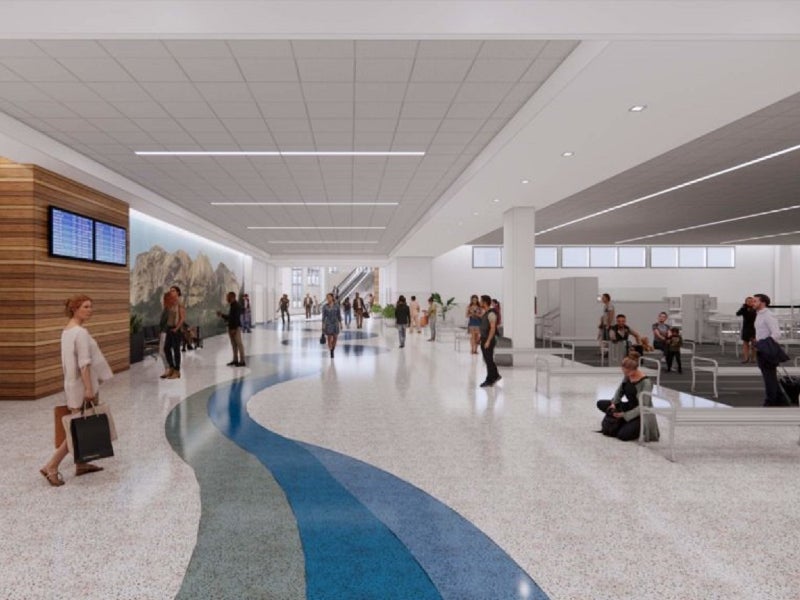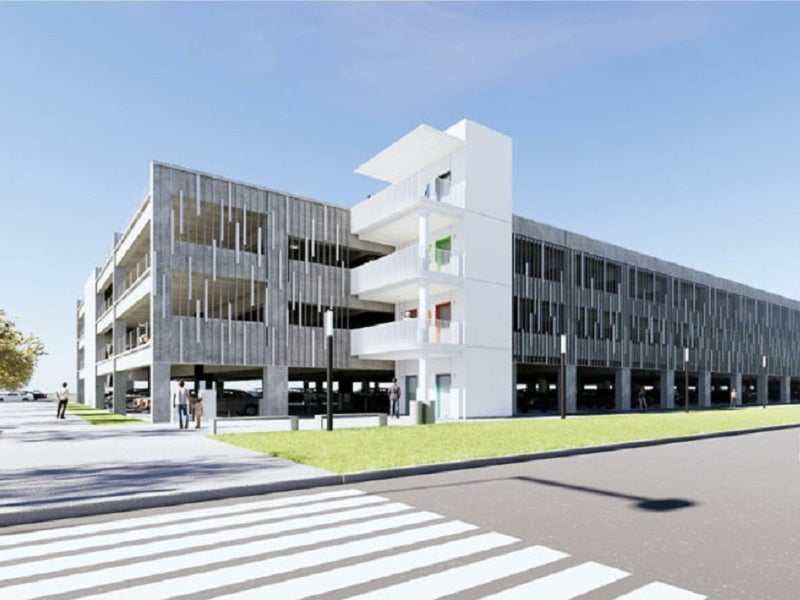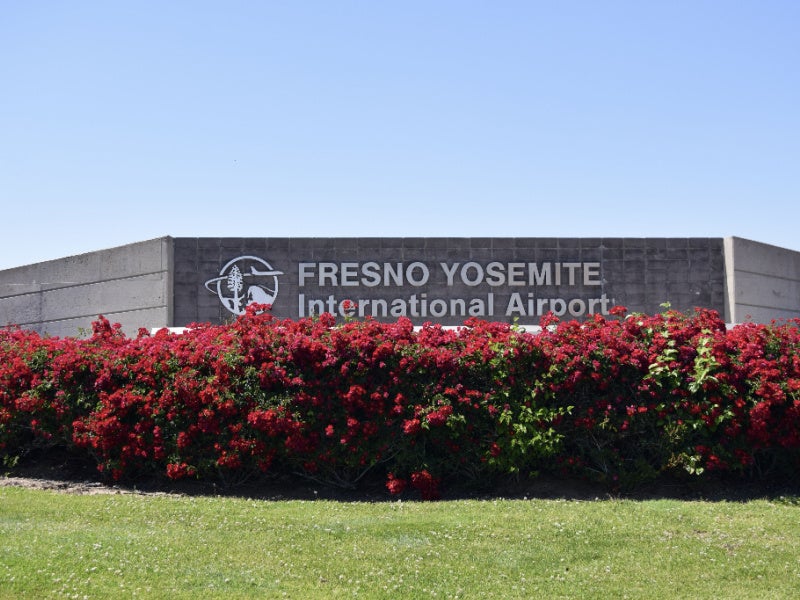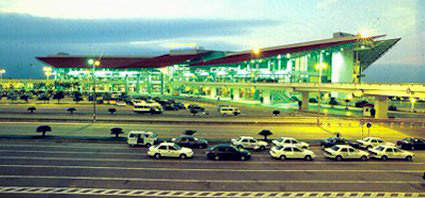The Fresno Yosemite International Airport (FAT) located in Fresno, California, US, is set to witness a major terminal expansion to accommodate future growth between 2022 and 2030.
The terminal expansion is part of the FATforward programme, a multi-year expansion programme of the Fresno Yosemite airport. It is the first major upgrade of the airport in more than 20 years.
The project will enable the airport to meet Central California’s air travel demands. Design work for the project began in 2019. The expanded terminal is expected to start operations in December 2024.
Background and details of the expansion
The City of Fresno Airports Department unveiled an updated master plan for FAT in 2018, which outlined a strategic vision for the growth of the airport over the next 20 years.
The updated master plan called for improvement to taxiway layouts to address the risk of potential runway incursions and to maintaining taxiway circulation. Other improvements mentioned in the master plan include creating enough runway exits to minimise the runway occupancy time of an aircraft and upgrading the taxiway A to accommodate large jet aircraft.
A new four-level parking garage was also created under the FATforward programme, which was officially launched in September 2020.
Located next to terminal entrances, the new parking garage provides space for more than 900 vehicles and features American Disabilities Act (ADA)-compliant spaces, electric vehicle charging stations, parking assistance technology, and pay-on-foot kiosks. The garage was opened in November 2021.
Terminal expansion details
The terminal expansion will add 112,000ft² (10,405m²) of new space at the terminal. The design allows for the entry of natural lighting, provides outside views, and displays public art.
The terminal area will be installed with solar and energy-efficient mechanical and lighting systems.
The Transportation Security Administration (TSA) passenger screening area will be expanded in the first phase to enhance passenger circulation and reduce wait times.
The second phase will add new TSA and airline baggage handling areas with additional capacity. A new upper-level concourse (Concourse B) with two boarding bridges for passengers of domestic and international flights will be created, along with large holdrooms in the phase. The terminal will also feature space for new shops and restaurants.
Two passenger screening checkpoint lanes will be added, increasing the number of lanes from three to five. A new international arrivals facility, which will have an area triple that of the existing area, will also be built to accommodate international passenger volumes at the airport.
Furthermore, the terminal will feature new in-line explosive detection systems (EDS), checked baggage inspection, new baggage make-up, a federal inspection station (FIS), which can process up to 400 passengers an hour, a new sterile connector corridor to FIS, an expanded airport ticketing office, and a new aircraft apron.
Other components of the FATforward programme
The FATforward programme will also involve the reconstruction of the runway, with the design works expected to start in 2023. Construction is expected to take place between 2025 and 2027, at an estimated total cost of $45m.
The air traffic and control tower (ATCT) is also planned to be replaced with an estimated investment of $30m. Construction of the new ATCT is expected to commence in 2024. The east apron will also be reconfigured as part of the FATforward programme.
Financing for the FATforward project
The terminal expansion project is estimated to cost approximately $120m and is being financed through federal funding, local Measure C funds, passenger facility charge fees, airport revenue bonds, and funds under Coronavirus Aid, Relief, and Economic Security Act (CARES Act).
The airport secured a loan worth $35m from the California State Infrastructure Bank for the construction of the parking garage in September 2020.
Contractors involved
CSHQA, an architecture services provider based in the US, was appointed as the prime architect for the terminal expansion project.
Q&D Construction, in partnership with CSHQA, was engaged to provide design-build services for the project.
Fresno Yosemite airport details
Located 8km from Fresno city, FAT is considered to be one of the biggest economic drivers in the region. The airport contributed $928m a year towards the regional economy during the pre-COVID times, while sustaining more than 10,000 direct and indirect jobs.
The airport serves destinations such as Chicago, Denver, Las Vegas, Dallas, Phoenix, Portland, Los Angeles, San Francisco, Salt Lake City, San Diego, Seattle, and Guadalajara, León, and Morelia in Mexico.
Passenger traffic at the Fresno airport declined by approximately 49% from 1.96 million in 2019 to 990,627 in 2020, due to Covid-19 induced travel restrictions. It increased by 96.6% to 1.94 million in 2021, when compared to 2020, due to easing of travel restrictions.










